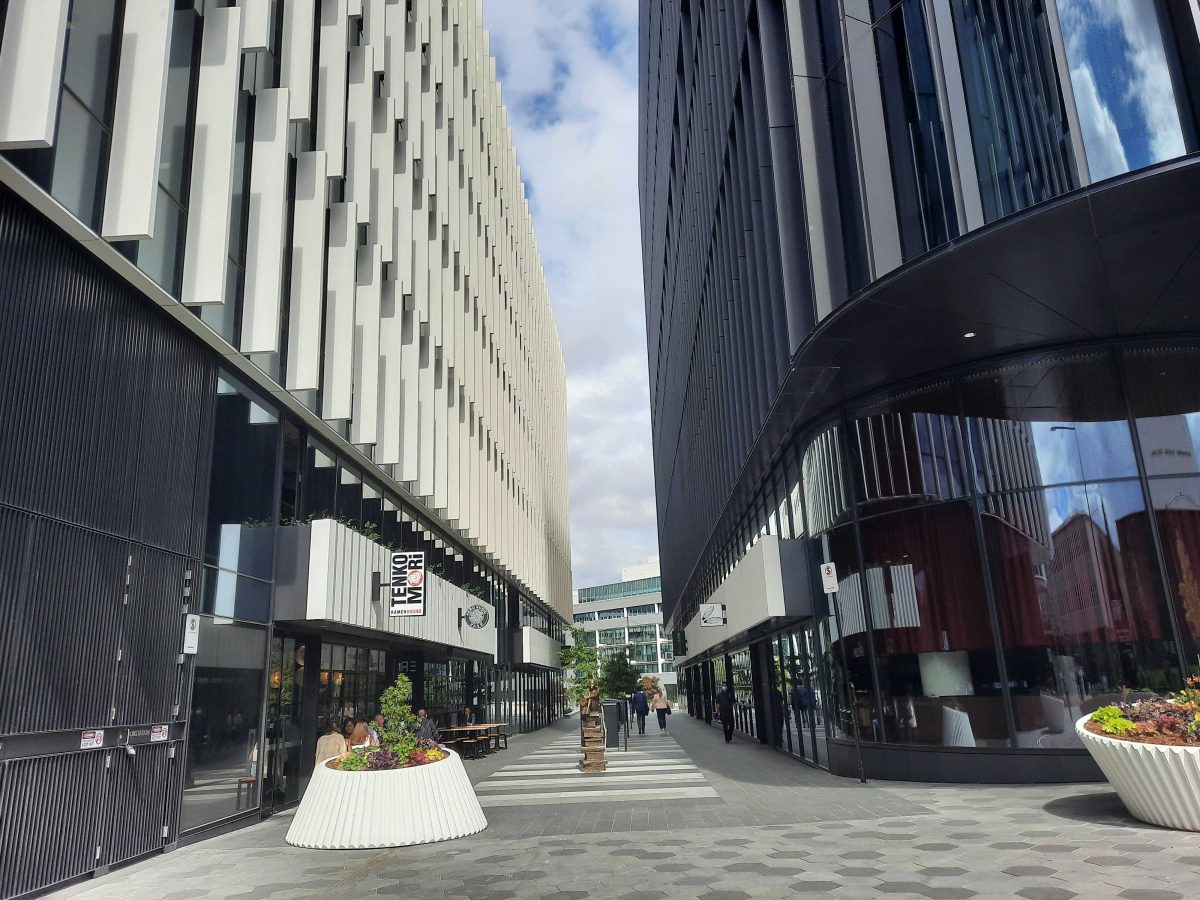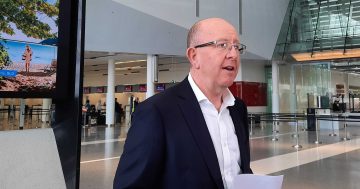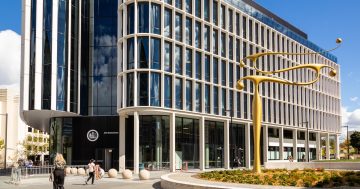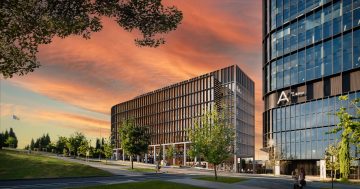
Perhaps a colleague could help: Working from home can be an isolating experience. Photo: File.
Stephen Byron didn’t mince his words. Working from home wasn’t just bad for business but public administration and the workforce in general.
Not to mention the very idea of having a national capital: why have it if staff can be anywhere on the planet?
He wasn’t going to blame the cost of housing on it, but by then, he had made his point.
The Canberra Airport and Capital Property Group boss was in friendly surroundings at the Property Council Office report breakfast last week where the focus on working from home showed just how deeply it has affected the property industry.
If you are in the business of building and selling office blocks, then you need workers to fill them.
Putting aside the obvious self-interest, Mr Byron and the other panellists made some telling points.
Both the ACT and Federal governments have so far rebuffed calls for sending staff back to the office, saying the new hybrid style was here to stay so get used to it.
New buildings are being designed for less than the full complement of staff, and fitouts include hot desking, although that term isn’t preferred, as people divide their week between the office and home.
There are fewer people in the city and town centres, and the ground-floor cafes and surrounding shops are struggling on less custom.
The CBD has the highest rate of vacant retail space in the ACT.
Chief Minister Andrew Barr famously once said it isn’t the role of the public service to support local shops.
But it is for government, and I’m sure Mr Barr wants to see a vibrant CBD, which is why he supports more residential development there.
While city or town centres can be where people live, they are primarily commercial centres so unconditional support for working from home seems at cross purposes with developing that critical mass of activity needed for a CBD culture to evolve.
Working from home is a legacy of COVID when people had to isolate to prevent the spread of the virus, and it was discovered that through the power of technology, the working life could go on.
It had been known before, as any journalist or writer will tell you, but the pandemic brought it to the fore and established work patterns that became embedded.
Flexibility was not only convenient, it became desirable, and a bargaining point for unions and high-value staff.
Studies even showed that productivity was not affected by working from home.
Employers could also broaden the recruitment net to engage staff from anywhere.
The commute no longer mattered, and that meant cash in the pocket.

Constitution Place in the CBD is a precinct that deserves to be filled with people. Photo: Ian Bushnell.
For carers and parents juggling childcare, school and the holidays, the option of working from home made life a whole lot easier, and it is this group for which working from home should remain an important, if temporary option, at certain stages of a career.
There are probably other circumstances where working from home should be an important back-up, but as the breakfast heard last week, there are powerful arguments for staff to actually turn up and work in person with their team.
Good mental health, social interaction, collaboration, brainstorming, the building of agency or company culture – these are all positive human traits and endeavours.
But it is all too easy for human beings to bring down their own cone of silence in front of their screen and disconnect from society.
For years technology was touted as the great connector when it can also isolate people physically from each other.
If you’re going to solve the great public policy questions or grow a business, it would be better to literally be in touch with your community and come together to exchange ideas. It is often in the spaces between set work that innovation and creativity can occur.
But you need the human bodies generating the energy to drive a project forward. It’s an intangible thing and a dispersed workforce can often be a dispirited one.
As Mr Byron says, if you want to lead, you need to be at work.
But you can’t put the genie back in the bottle, and there is no point turning our backs on the benefits of modern communications.
However, maybe it is time to review how it is used and by whom.
And if the bulk of staff are to return to the office, then it needs to offer more than a desk, and that commute should be easier.
Efficient, cheap, and even free public transport, parking, end-of-trip facilities, gyms – whatever facilities can make it worthwhile, increase creativity, and boost productivity need to be on the table.
Mr Byron says it’s also the spaces in between the buildings that matter – the landscape and the supportive services and businesses that form a precinct.
Of course, that is his business.
But he is talking about context, because no man or woman is an island, no matter how much technology might tempt us to be.





















